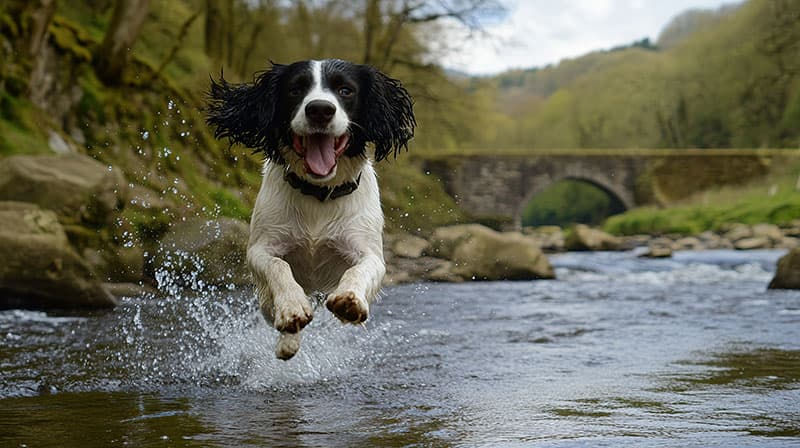Reliable Recall: Building Trust That Lasts
- Training Trails

- Aug 3
- 3 min read
Updated: Aug 9

Letting your dog off-lead can be one of the most rewarding parts of sharing your life with them. It offers space, choice, and the chance to move in a way that feels natural. But that freedom relies on something essential: the confidence that they’ll come back when it matters.
Recall isn’t just a cue—it’s a safety tool. And when it’s working well, it opens the door to enjoyable, more enriching walks. Your dog can explore without constant management, and you can settle into the rhythm of the walk knowing there’s a shared understanding underneath it all.
It’s not about obedience in the traditional sense. It’s about trust. And when that trust is built thoughtfully, it becomes something both of you can rely on.
Why Recall Breaks Down
If your dog doesn’t come back when called, there’s usually a reason. Some of the most common ones include:
The cue has lost meaning: If your dog has heard the recall cue many times without a clear outcome — it may no longer feel relevant or worth responding to.
Competing motivators: Wildlife, smells, other dogs — these are powerful reinforcers. If recall doesn’t offer a meaningful alternative, it’s understandable that your dog might choose what’s more rewarding in the moment.
Progressed too quickly: Introducing recall in high-distraction environments before your dog is ready can knock their confidence and yours. Without a strong foundation, it’s easy for the cue to fail under pressure.
Negative associations: If recall consistently results in something being taken away — off-lead time, a game, the chance to explore — your dog may start to avoid responding altogether.
Building a Strong Recall
Start fresh: If your dog has become used to ignoring your existing cue, consider introducing a new one — a word your dog doesn’t already hear often, or a whistle can work well. The goal is to create a clean association, free from previous patterns.
Build positive associations: Before you ever expect your dog to return, give the cue value. Say it, then immediately follow with something meaningful: high-value food, a toy, or a favourite activity. You're not asking them to do anything yet — just creating a link between the sound and a positive outcome. Do this repeatedly over several weeks until your dog has created a strong association and eagerly anticipates their reward after you use the cue.
Practise in simple settings: Once the new association with the cue has been learned, begin using it in low-distraction environments. Use a long line if needed. Call your dog when they’re nearby and reward promptly when they respond. Movement and high pitched repetitive noises can help to spark their attention — try running away from the dog whilst making a squeaky noise.
Increase difficulty gradually: Progress slowly by introducing one variable at a time—either increasing the recall distance or the level of distraction in the environment. If your dog struggles, lower the challenge before trying again. The goal is steady, confident progress—not pushing too far, too soon.
Protect the cue: Only use your recall cue when you’re in a position to ensure your dog follows through — either because the environment is easy or you have tools like a long line in place. If the cue is ignored and nothing happens, it gradually loses meaning. If they don’t respond, guide them back gently without repeating the cue, reward calmly, and adjust for next time.
Use variable rewards: As your dog becomes more consistent, start rewarding randomly rather than every time. This mirrors the principle behind slot machines: unpredictability strengthens behaviour. Your dog won’t know which recall earns a reward, so they’ll be more likely to respond just in case. Vary your rewards too—sometimes food, sometimes a game, sometimes freedom to explore again.
Don’t let recall predict the end of fun: If recall consistently signals the end of play or freedom, your dog may start to avoid it. Practise calling them back, rewarding, and releasing them to explore again. This keeps the cue neutral or positive, rather than something to avoid. Until you have a strong recall in place, try to avoid using it to get your dog back on lead — if it's safe to do so, avoid calling them in these situations and go and get them instead.
Final Thoughts
Reliable recall takes time, consistency, and care—but it’s one of the most valuable tools you can give your dog. It supports safety, trust, and freedom—and allows you both to enjoy off-lead walks with confidence. Like any behaviour, the more you practise it, the stronger it becomes.

